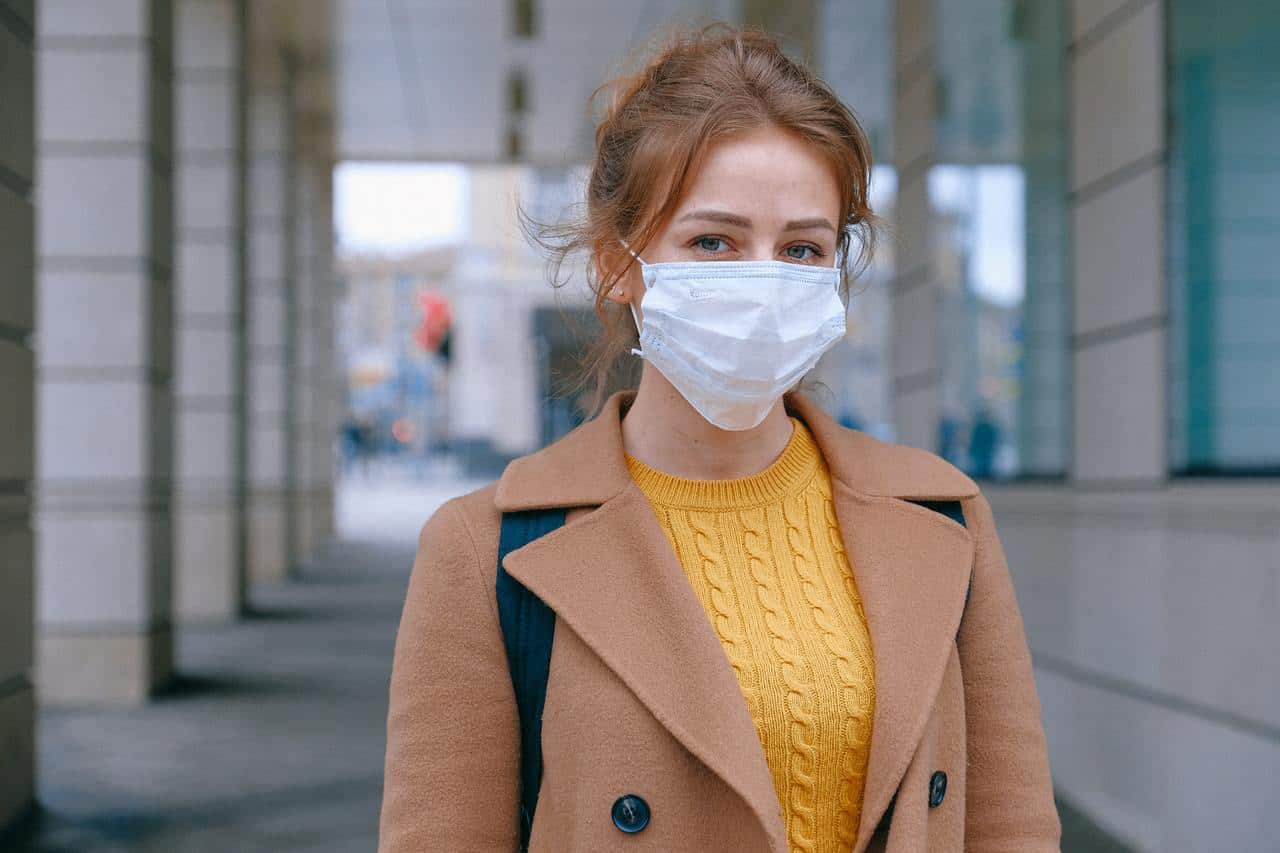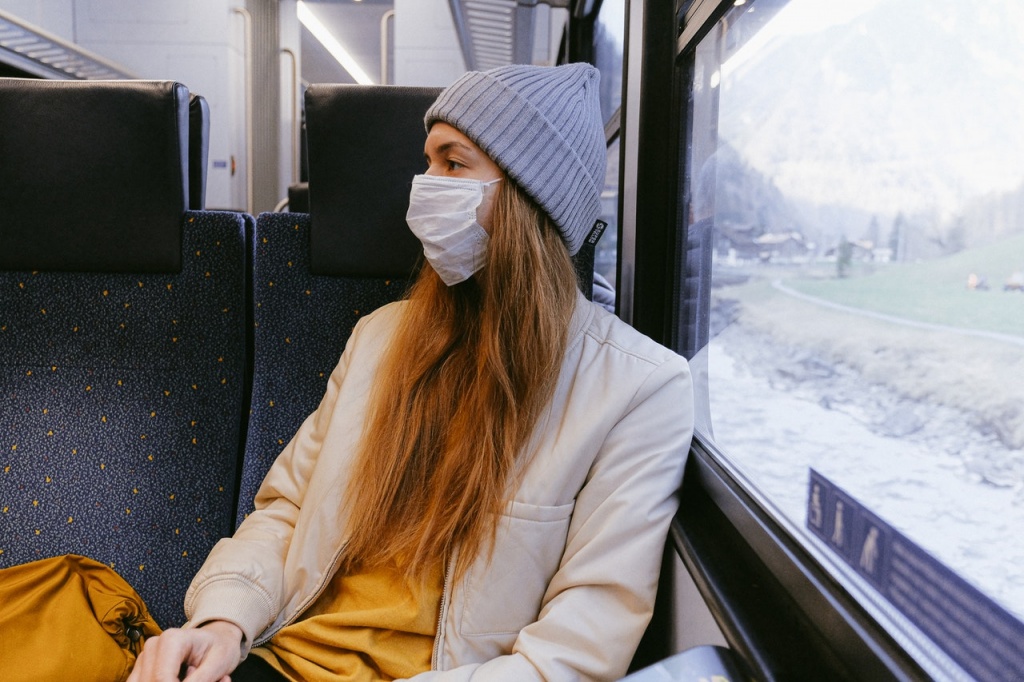
Sponsored article
For over a year now through the pandemic situation, protective masks have been an integral part of life. So it is worth knowing what we put on our faces and why we do it, and what choices to make when making a possible purchase.
This question has probably been asked by many people at least once in this unpleasant time. Masks are a key means of limiting disease transmission and saving lives. They should be used as part of everyday clothing. General caution, including physical distance, avoidance of crowded places, airtight environment, good ventilation, clean hands, covering the bend of the elbow when sneezing and coughing, etc. is equally important. Depending on the type, masks can be used to protect healthy people or to prevent continuous transmission of the virus by others .
Of course, we should wear it all the time (this is also mandated by current law). However, if for some reason we cannot do it, it is worth knowing when we are most at risk by not wearing it. The greatest emphasis on wearing the mask should be placed in areas where the virus is transmitted to a high degree. Also, when you are in crowded places where you cannot be at least 1 meter away from other people and in rooms with poor ventilation. It is not always easy to determine the quality of ventilation, which depends on the rate of air exchange, recirculation and fresh outside air. So if you have any doubts, it is safer to just wear a mask. While wearing it, you should still keep as much physical distance as possible from others. Wearing a mask does not mean that you can have close contact with people
The most popular but also comfortable masks are protective masks with an elastic band.

The most common problem can be such an obvious thing as buying the right mask to make sure it is effective.
It is best to choose those whose material allows you to breathe freely with adequate filtration. Tied reusable cotton masks are also a good option.
When choosing a cloth mask, check the filtration, breathability and fit. It should be comfortably held in place with a little adjustment with elastic bands or strings. There are different shapes of masks, such as flat or duck-billed – find one that fits tightly around your nose, cheeks and chin. When the edges of the mask aren’t close to your face and aren’t moving, such as when you speak, air will permeate through the edges of the mask rather than being filtered through the fabric. Masks with vents or exhalation valves are not recommended because they allow unfiltered breath to escape from the mask.
Fabric masks should be made of three layers of fabric:
When buying a cloth mask from a store, check to see if it meets national quality standards.
This is one of the most important issues regarding masks. The most important thing is to know what to do when you take the mask off your face. Beside the reusable ones, some of the masks have to be disinfected. For example, cotton face mas ks should be cleaned with antibacterial agents with a minimum alcohol content of 70 percent
The rest of masks should be boiled in boiling water or ironed at maximum temperature.
Photo: Anna Shvets/Pexels